|
Sometimes you just want to go over the top! This sacque gown (robe à la française) is without doubt the most opulent gown of its type I've made yet, inspired by a small number of extant gowns of the 1750-70 period made of beautiful brocade textiles with applied silver trim and lace. My challenge was to create a gown that represented the luxury of the era in upper class dress, while still maintaining the balance, grace, and elegance of mid-18th century dress. As often happens, this project was sparked by a fortuitous discovery of a luxurious silk blend brocade at a price that, while expensive, wasn't shockingly high. This lovely fabric, with soft metallic gold motifs woven throughout, on a golden tan ground, and little sprinkled motifs in rose-red, was rich looking without being garish -- a perfect background for metallic silver laces and trim. Please read on to follow my journey of creating this unique gown!
0 Comments
It seems that everyone is creating Regency fashions these days, although I must admit it wasn't Bridgerton that influenced me (I really didn't like the series much at all, and found the costumes very poorly done). No, this idea sprang up in my head a few years ago (BCE = Before Covid Era) to attend a garden party at a venue where fashions of the 1800 to 1815 era would be ideally appropriate. As a maker of historical patterns, I'm the first to acknowledge the value of another maker's work if it's technically well-drafted (what I call "good pattern engineering"), reflects historical accuracy, and includes clear and complete instructions. So I'm not averse to turning to a fellow pattern-maker in a pinch, in order to avoid having to reinvent the wheel and/or go from zero to 90 to create a garment from an historical period with which I'm largely unfamiliar (not to mention with a short deadline looming). Now, I'm not going to go so far as to advertise another maker's pattern here on my own website, but please read on -- I'm perfectly willing to tell you whose pattern I made use of!
I admit, I'm crazy about sacques! For this second iteration of my design for a ca. 1755 "grand habit" (formal evening gown, in the "robe à la française" or French style) I decided to use a glorious iridescent silk taffeta with a golden ecru ground and variable soft turquoise-teal stripes. The colours are truly luscious!
(Click on "Read More", below right, to continue) It was an honour for me to be asked by the Town of Annapolis Royal to represent our town this summer as a "Wandering Interpreter" and presenter of historic demonstrations. With its rich history and many lovely vistas, Annapolis Royal is a wonderful place to be at any time of year, but especially in summer, with the warm weather, blue skies, and ocean breezes. This year, after two difficult and empty summers due to Covid, it's so terrific to be able to see once again all the lively events and activities this little Town has to offer for visitors and residents alike. It's hard not to love the graceful beauty of the 18th century robe à la française (often called in English a "sacque" or "sack" gown), with its elegant lines and ability to flatter practically any woman of any age and shape. It's no wonder this style remained in fashion, with a number of variations, for nearly five decades of the 18th century, from the late 1730's to the late 1770's. For this project, I wanted a silk robe à la française in a more formal style (what in 18th century France might have been termed a "grand habit"), something appropriate for evening wear in an upper class setting: a dinner or evening soirée at a château!
If one element of women's fashion defined formal daytime elegance during the Edwardian era, it was the high, fitted, boned collar. Unlike their rigid, often plain, Victorian predecessors, the Edwardian boned collar was usually a thing of delicacy and charm, made of fine materials such as lace, chiffon, silk net, or lightweight linen, boned in narrow whalebone, featherbone, or (later) fine zig-zag wires. I've seen all these types in both museum examples and in pieces in my own collection of antique garments, although I have not seen steel bones of any kind used in Edwardian collars. Being able to construct one of these iconic period collars is a key part of creating an ensemble that reflects the time period accurately. I see many sewists struggling with this aspect of historical construction, and am hoping my insight and experience can help! (Please click on "Read More" at right, to see the full tutorial)
One question that comes up frequently in online historical costuming discussions is that of how much fabric would be needed to cut a particular type of gown, or else how best to make use of available yardage. This was certainly a serious question in the 18th century, when the high cost of materials (particularly silk) meant that an effort was made to use every possible scrap of fabric to best advantage in constructing a gown. This is revealed in the many ways in which garments -- particularly silk ones -- were cleverly pieced. In this article I'd like to focus on the problem of estimating yardage for a typical robe à la française (known in English as a "sacque" or "sack" gown. (Click on "Read More", lower right, to continue)
This is the first in a planned series of articles intended to help familiarize sewing enthusiasts with the origin, botanical features, history, and production of fabrics available to them, especially considering textiles which may be thought of as having similar characteristics. This Part 1 will look at the two linen "twins": ramie and true flax linen, which are really more fraternal than identical twins. Whether your focus is on historical reproductions or modern sewing, I hope you'll find something useful in these articles to guide your choice of fabrics. What's the difference between true linen (flax) and ramie?Linen textiles come in a diverse and beautiful array of weights, weaves, textures, and colours, for use in everything from fine blouses to upholstery. Yet many people are unaware that a linen-like fabric called ramie exists, or if they do know of ramie, may believe that there is little to distinguish it from true linen made from flax.
Actually, there is quite a difference between these two fibres. Although both are plant-based fibres, the plants from which they come are completely unrelated botanically (see more about this further on). Flax is grown as an annual in northern climates (dies down at the end of the season), whereas ramie is a perennial, grown mostly in humid, tropical or semi-tropical regions. The process required to turn them into cloth is different, and the resulting textiles, although somewhat similar in nature, are in fact quite distinct, with unique characteristics that set them apart. |
AuthorPatricia Preston ('The Fashion Archaeologist'), Linguist, historian, translator, pattern-maker, former museum professional, and lover of all things costume history. Categories
All
Timeline
March 2024
|


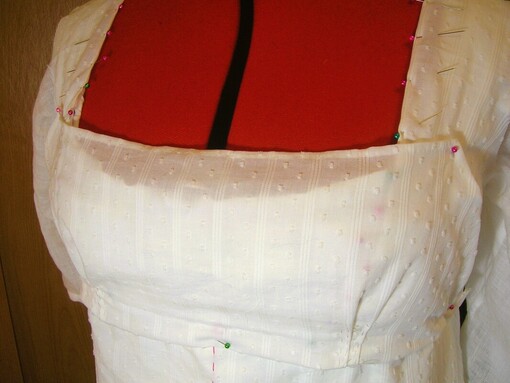
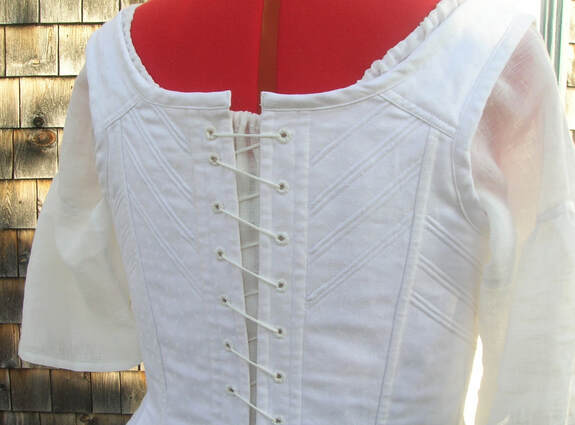
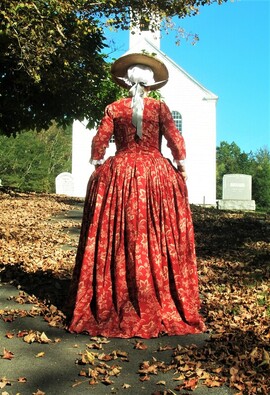
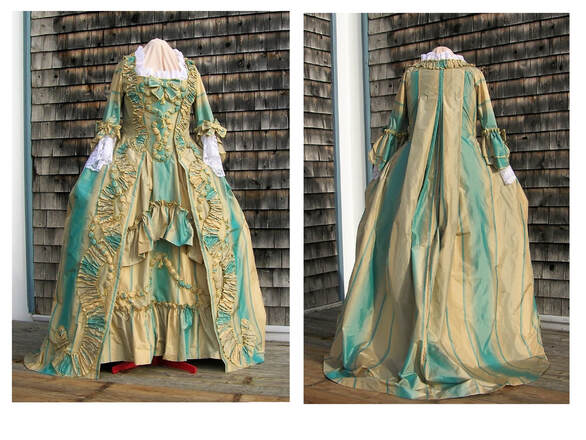

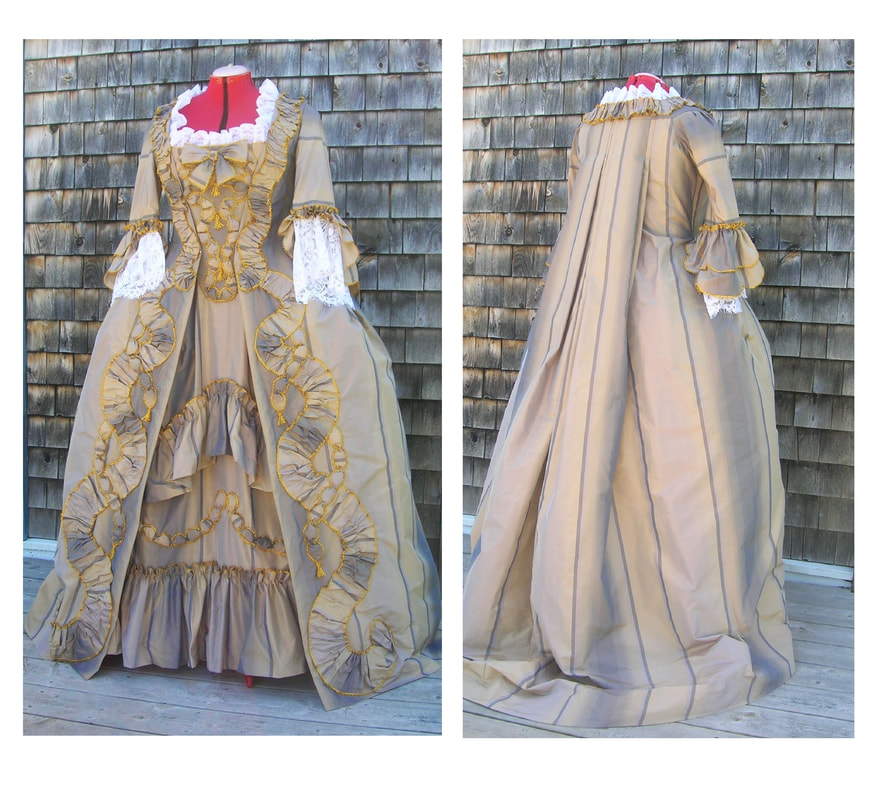
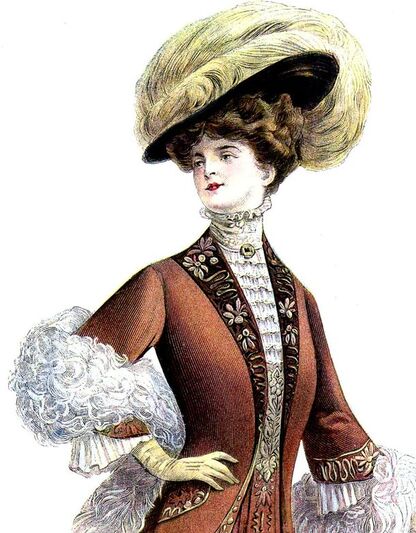
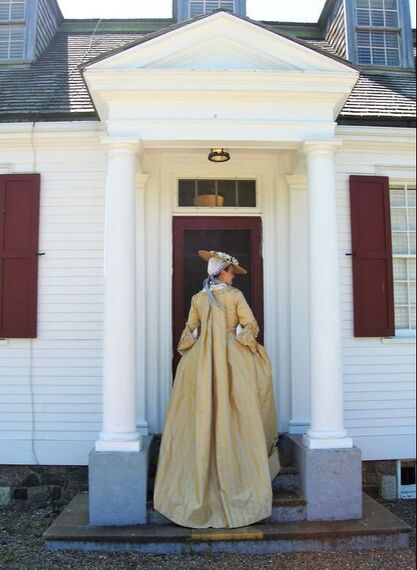
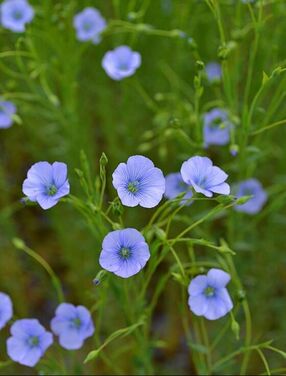
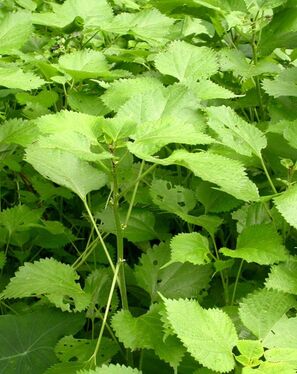
 RSS Feed
RSS Feed